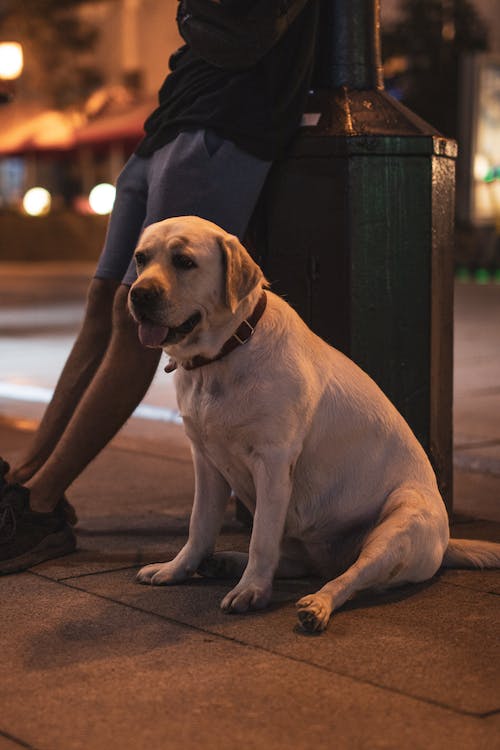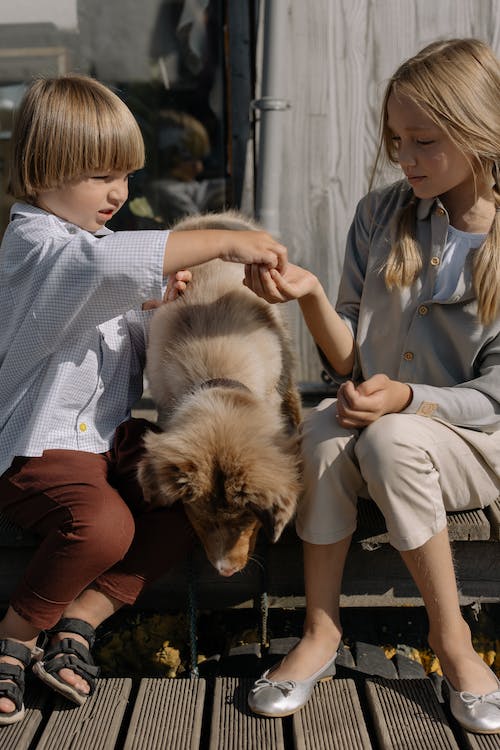Please create a free account below, or login by clicking here.
Petland Racine, Wisconsin
December 5, 2022
We all know that the only time we should use the words chocolate and dog in the same sentence is when we use them to identify a “Chocolate Lab.” Chocolate, although a delicious treat for humans, is a never something that a dog should eat. The reason is because chocolate contains theobromine, a caffeinelike molecule that increases blood flow to the brain. This is highly toxic for dogs and could lead to poisoning. Although most dogs do not eat enough chocolate to die, many will consume enough that can make them very ill.
Act fast! Try to locate the packaging from the chocolate that your dog ate. This will help you to determine what type of chocolate and how much. The darker and more bitter the chocolate, the more dangerous it is to dogs. Baking chocolate and gourmet dark chocolate are highly concentrated and contain 130-450 mg of theobromine per ounce. Common milk chocolate only contains about 44-58 mg/ounce. In either instance, this is not something to sit back on. It is always recommended that you immediately notify your veterinarian for professional advice and guidance if you believe your dog consumed chocolate.
Although no chocolate is good for your dog, some types are worse than others. Dark chocolate is the most dangerous type of chocolate for your dog to eat. It only takes about 0.2 ounces per pound of dark chocolate to cause health issues. Milk chocolate has less theobromine and caffeine than dark chocolate. White chocolate has the least theobromine and caffeine. A good rule of thumb is that it takes about 0.5 ounces of milk chocolate per pound of body weight to cause moderate symptoms.
The symptoms of chocolate poisoning in dogs are usually observed between three and twelve hours of consumption. Despite this, it is never advised to wait and see if your dog begins to get sick before taking action. The moment you realize this is the moments that you need to do something!

Keep it out of reach! Most dogs get into chocolate that is unintentionally left out. It can be a bowl of chocolate candy left in a dish on the counter, chocolate cake left on the table or even a piece of chocolate laying on the sidewalk that was dropped by someone else. It is very important to be mindful and observant of what your dog is chewing on and eating both indoors and outdoors. Very often many of us will leave something out without giving it thought which allows for the perfect opportunity for our fur-legged friends to snatch it. It should also be noted that the time of the year also increases the chances of your dog consuming chocolate. Months such as October (Halloween) and December (Christmas), when candy is more plentiful around the home increase this risk. Teaching children this from an early age is also a good way to prevent your dog from eating chocolate.
Children are often more sympathetic to sneaking a treat to their begging fur-legged friend and should understand this is definitely not good to do.

Although we know that chocolate is bad for our dogs, we must also realize many chocolate candies contain more than just chocolate. So, if the chocolate your pup ate didn’t make him sick, the fruit (raisin) or nut (macadamia) the chocolate covered can.